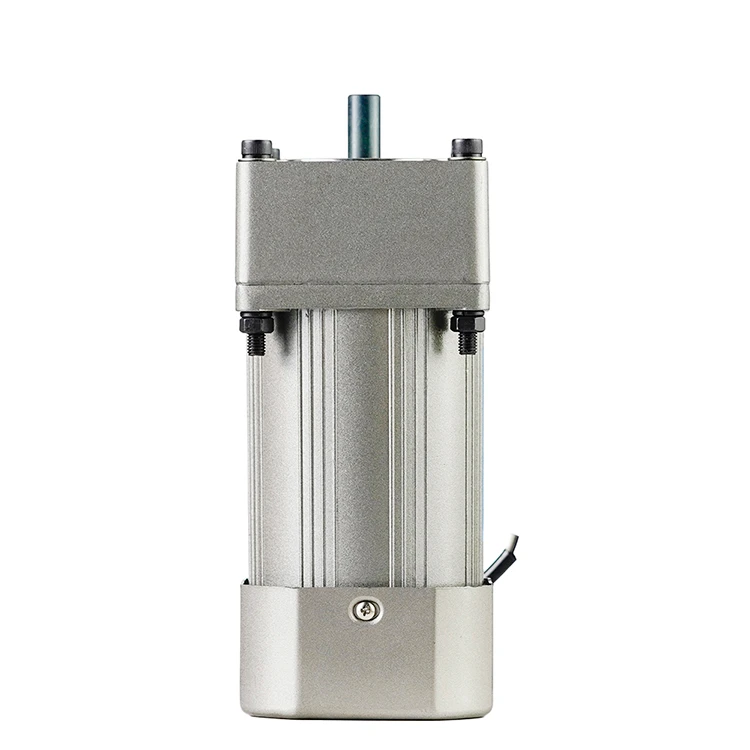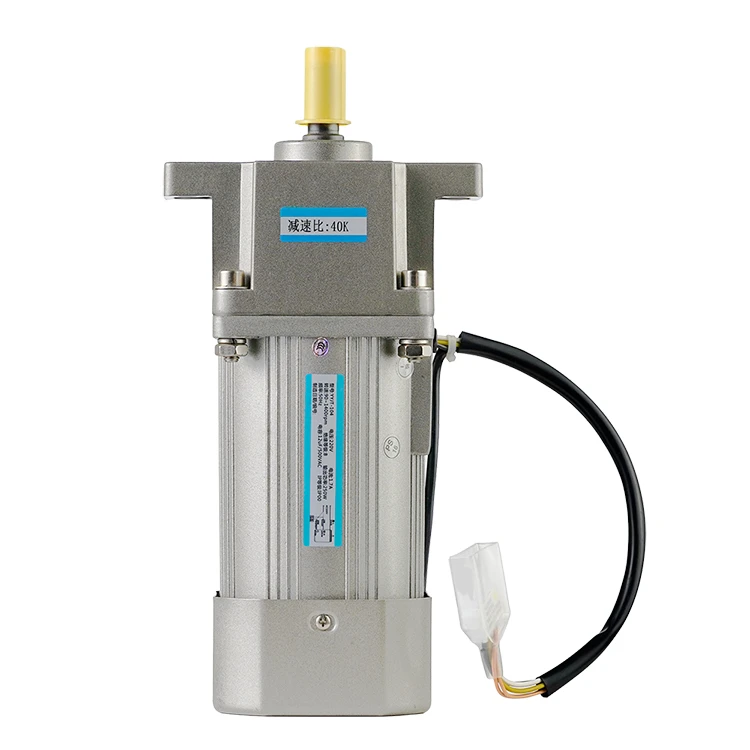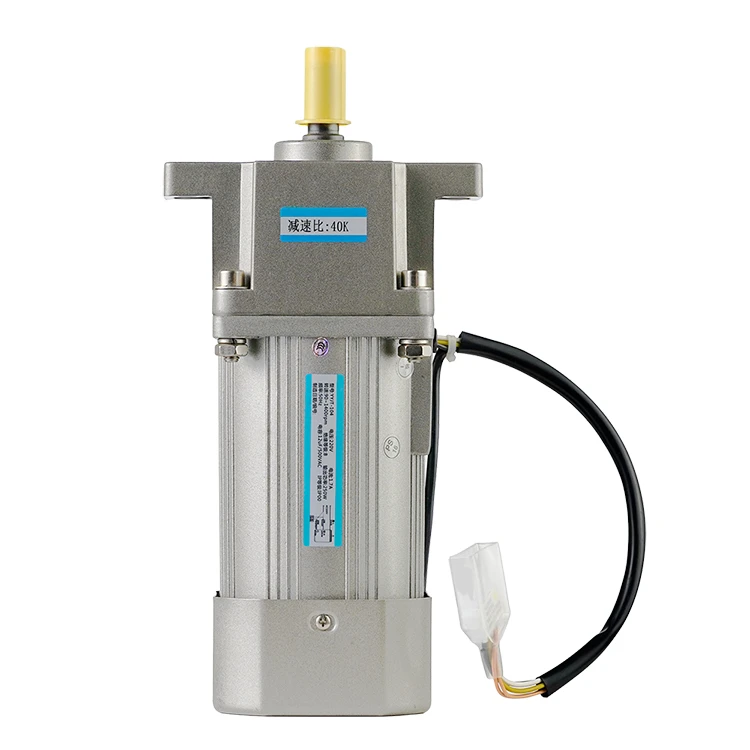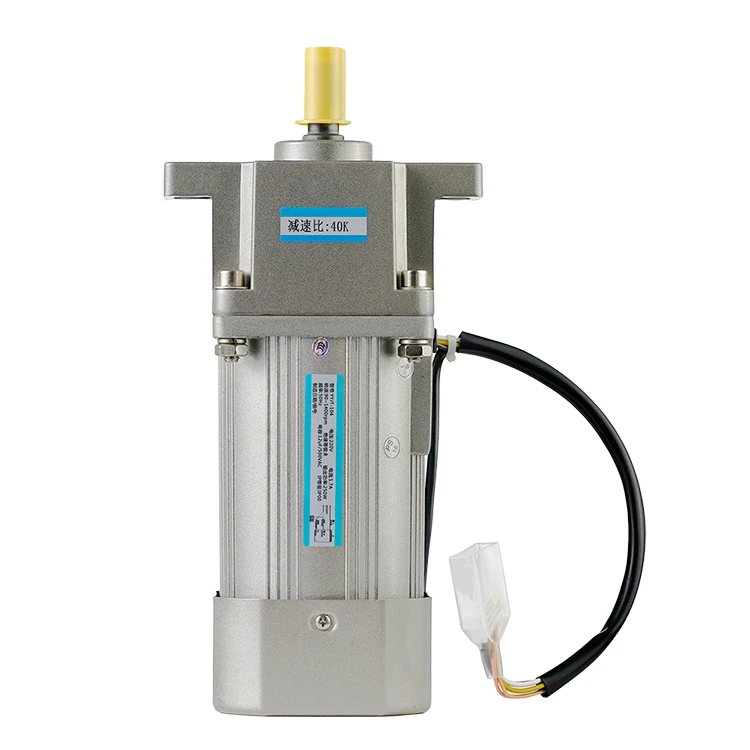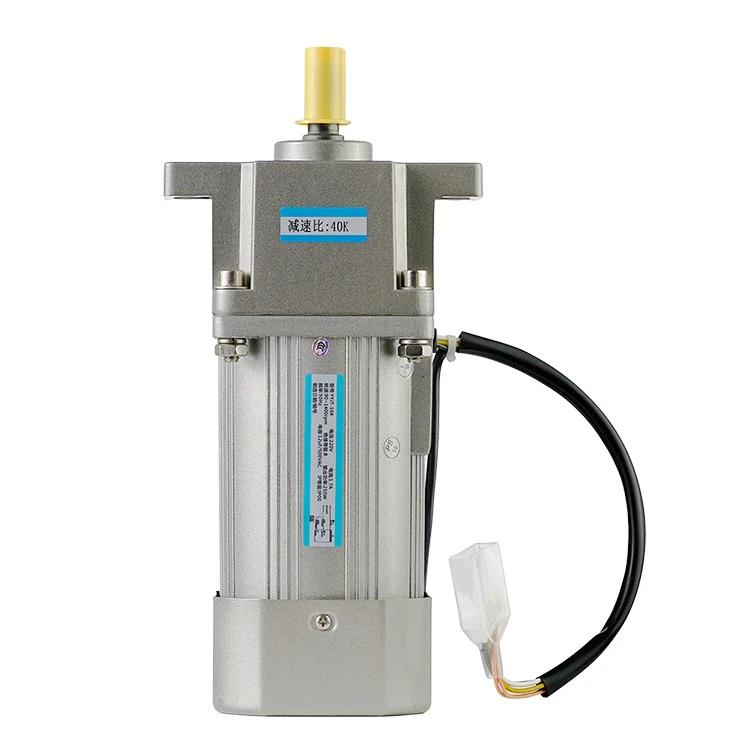What is the difference between the hub motor and BLDC motor?
2023-07-20 15:41:39
The automotive industry has witnessed significant developments in electric motor technology, especially in the electric vehicle (EV), e-bike, and drone segments where energy efficiency, power, and size are critical. Two popular motor types are hub motors and brushless DC (BLDC) motors. Both have unique advantages and tradeoffs that we will explore in this article.
What is a hub motor?
Hub motors, often referred to as wheel motors, are electric motors that are integrated directly into the hub of a vehicle wheel. This design eliminates the need for a drivetrain and reduces mechanical complexity, weight, and maintenance requirements. There are two main types of hub motors: direct drive hub motors and geared hub motors. Hub motors are popular in e-bikes, scooters, and skateboards due to their simplicity, ease of installation, and high transmission efficiency.
What is a brushless DC motor?
A brushless DC (BLDC) motor is an electric motor that operates without mechanical brushes and a commutator, unlike traditional brushed motors. Instead, it uses electronic controllers to switch the current in the windings, creating a rotating magnetic field that drives the rotor. BLDC motors are more efficient, have higher durability, and require less maintenance than brushed motors. They are widely used in applications that demand high performance, reliability, and precise control, such as drones, electric vehicles, and industrial automation.
Performance and efficiency
Hub motors provide power directly to the wheels and are traditionally very efficient. However, these motors tend to be less efficient at higher speeds and can overheat during long periods of high-speed operation or steep grades. BLDC motors are typically more efficient overall, and they are adaptable to a wide range of operating conditions, even at high speeds. This is because their performance can be adjusted through electronic control. And because of their inherent design, they rarely overheat.
Torque and speed
Hub motors are known for their excellent low-speed torque, making them ideal for applications such as e-bikes and scooters that require instant acceleration. But their torque decreases as speed increases. BLDC motors can provide high torque over a wide range of speeds, making them popular in applications such as drones and electric vehicles that require high-speed operation.
Complexity and maintenance
Hub motors have a simple structure with few moving parts, so they require less maintenance, but once the motor fails, the entire wheel may need to be replaced, with relatively high replacement costs. BLDC motors are needed to transmit the drivetrain to the wheels, so they require more sophisticated electronics for control but are easily replaced when they fail.
Conclusion
While both these hub motors and BLDC motors are used in electric vehicles, hub motors are usually used in electric bikes and scooters, while BLDC motors are mostly used in electric cars and drones. Hub motors transfer power directly to the wheels, while BLDC motors require a gearbox or transmission to transfer power to the wheels. In addition, hub motors are simpler and easier to maintain than BLDC motors.
See What Lunyee Can Do For You
Contact Us
- 8619149417743
- +86-0371-5562 0274
- [email protected]
- Zhengzhou, Henan Province, China
- Mon-Fri: 9:00 - 18:00
